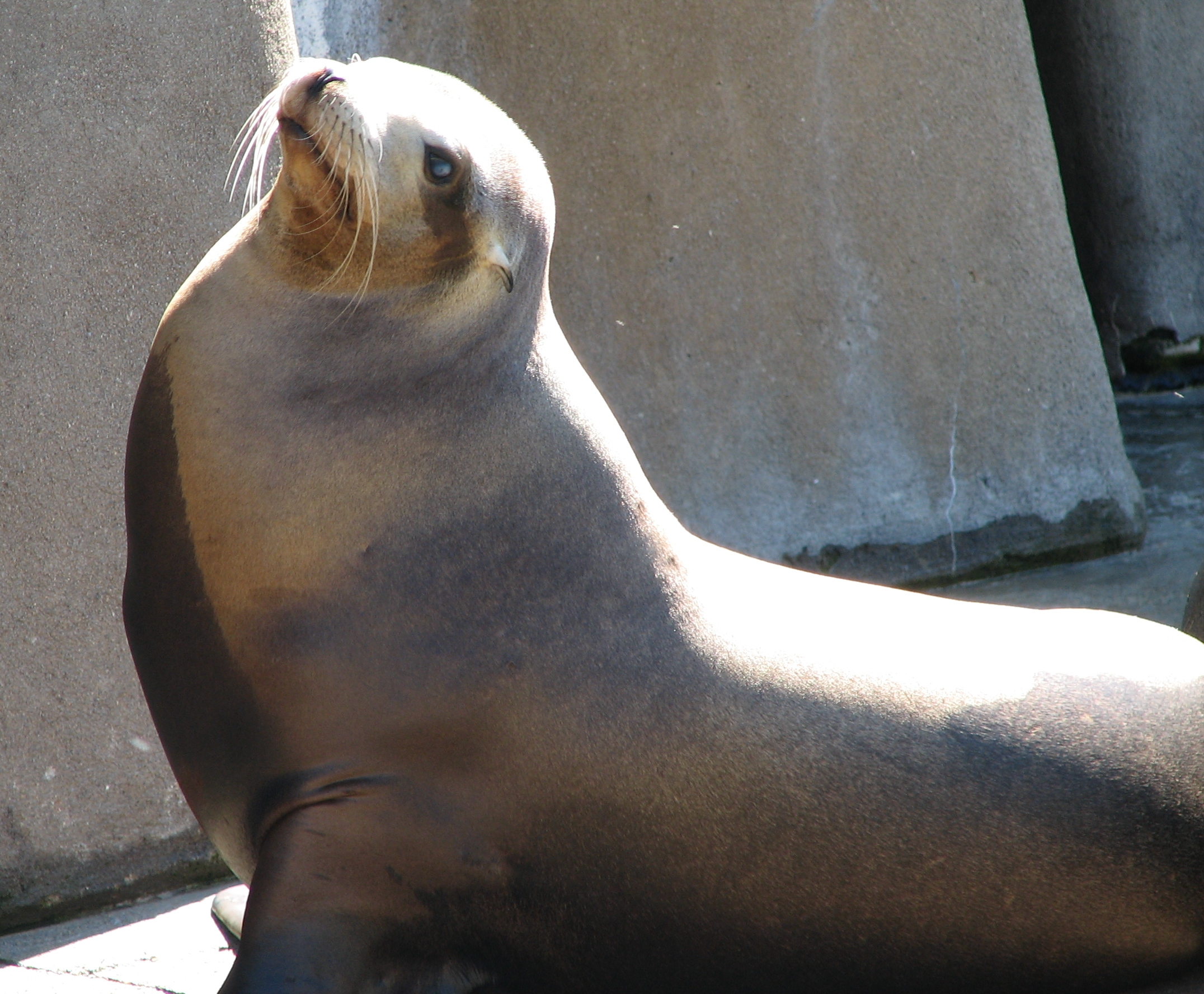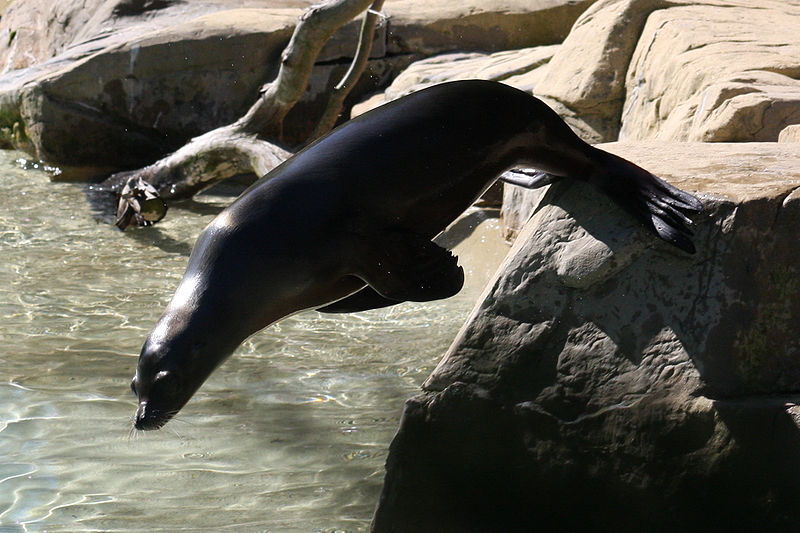Sea lions may possess a special power. A new study recently published in The Journal of Experimental Biology shows five California seal lions (Zalophys califonianus) exhibiting extremely slower heart rates during deep dives. We know that oxygen must be stored during these long, deep dives. But how exactly does this happen?
Researchers at the Center for Marine Biotechnology and Biomedicine in La Jolla, California decided to attach a digital electrocardiogram to five seal lions. An electrocardiogram (ECG) measures the electrical activity of the heart. The researchers were able to track the sea lions as they dove at deep depths for long durations. They then compared a sea lion’s heart rates with the duration and depth of the dives.
In general, all five sea lions decreased their heart rates during a dive (as compared to pre-dive heart rates). These sea lions also exhibited an instantaneous heart rate below their resting heart rate at some point during a dive. This means that these sea lions had heart rates that dropped below 54 beats per minute at some point during a dive.
During short dives, a sea lion generally had an initial rapid decline of heart rate, a relatively stable heart rate near the bottom of their dive, and a rapid increase as the sea lion ascended. Dives that were longer than three minutes were slightly more complicated. There was an initial rapid decrease in heart rate during the initial descent of the dive. Then, this decrease became more gradual as the sea lion approached the bottom of the dive. When the sea lion reached the bottom of the dive, heart rate was steady but variable during this time. When the sea lion began its ascent, heart rate gradually increased. As the animal surfaced, heart rate rapidly increased.
[A Californian sea lion plunging into the water.]
These heart rate patterns have implications with regard to a sea lion’s ability to conserve oxygen. The difference between short- and long-duration dives shows a difference in the reliance on lung stores of oxygen (which is approximately 16% of all body stores). Also, this decrease in heart rate also has potential implications with regard to blood flow. Extremely low heart rates, as shown by these five sea lions, suggests that blood did not supply all tissues and organs. During very low heart rates, it is probable that blood flow only supplied the brain and the heart as vital organs.
With this study, we now understand much more about the way in which sea lions are able to dive so deep for so long. Sea lions drop their heart rates so low in order to conserve oxygen stores and decrease blood flow to non-vital tissues. This natural ability may also be a clue as to how humans could one day dive for long periods of time. However, for now, let’s leave it to the sea lions.
McDonald, B. I. & Ponganis, P. J. (2014). Deep-diving seal lions exhibit extreme bradycardia in long-duration dives. Journal of Experimental Biology, 217, 1525-1534


